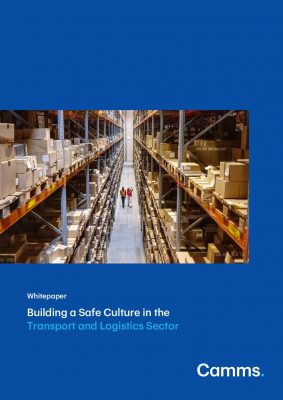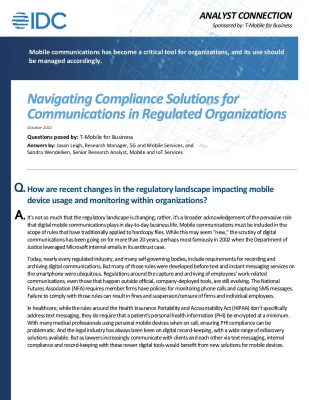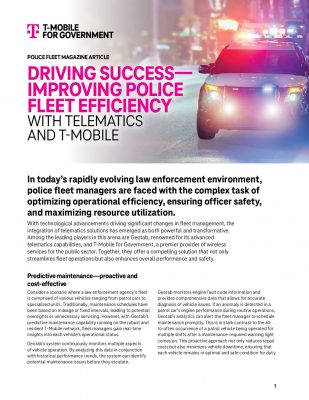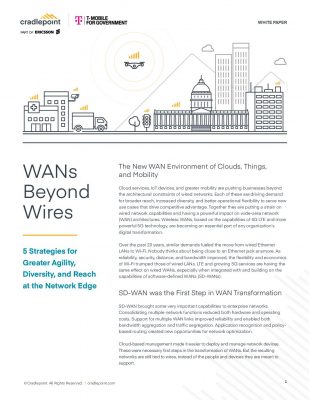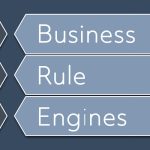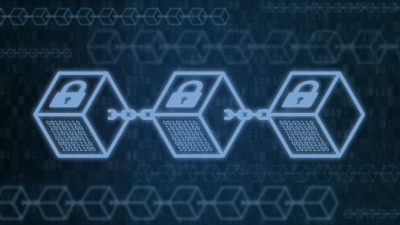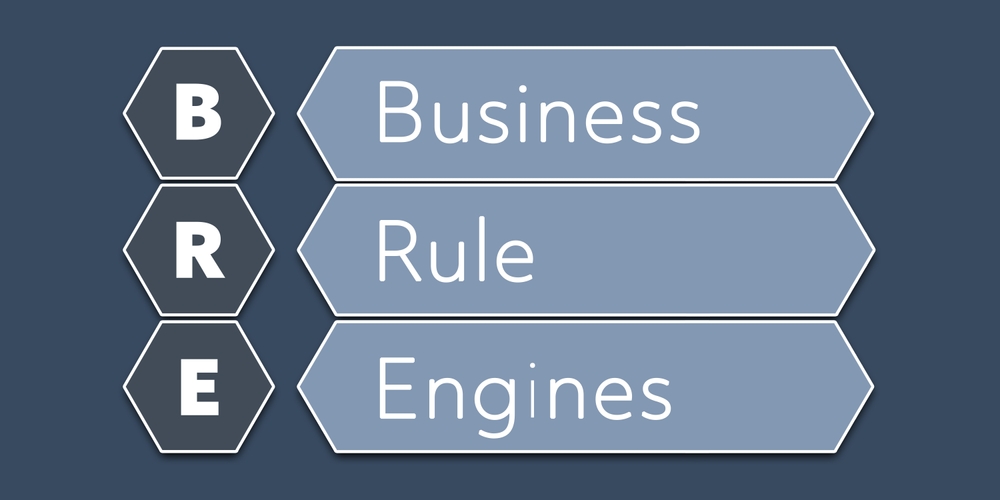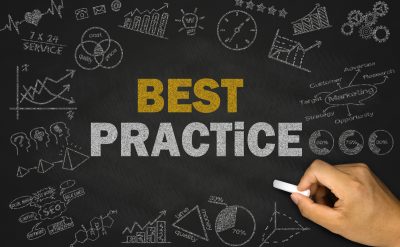Highlights:
- BREs are designed to analyze, streamline, and automate processes to improve efficiency and effectiveness.
- Effective BREs come equipped with dynamic routing capabilities, automatically directing tasks to the appropriate person within the workflow.
Employees are guided by the rules in organizations, however without support, they can cause errors. Business Rule Engines (BREs) help ensure rules are consistently followed across processes. CIOs can use BREs to automate decisions based on predefined conditions, ensuring actions align with company policies and maintaining consistency in decision-making.
What is a Business Rule Engine?
BRE is a software application that manages decision making by integrating preset algorithms to generate specific outputs. BREs support accurate and consistent decision-making, particularly in scenarios involving complex dependencies or frequent changes to regulatory or organizational policies.
By automating rule management, businesses can implement updates in hours instead of months, significantly improving agility. Additionally, BREs help organizations stay compliant and reduce the risk of costly fines or penalties.
How does A Business Rule Engine Work?
Business rules engines fetch input data from other applications and generate outcomes based on predefined business rules. To do this, it first converts the incoming data into a format the engine can interpret, applies the relevant rules, and then delivers the output in a format that can be displayed through a user interface.
BREs are designed to analyze, streamline, and automate processes to improve IT efficiency and effectiveness. By mapping these processes, organizations can establish a clear, structured framework for continuous improvement, ensuring their operations align with overall business objectives.
How to Build a Business Rule Engine?
Developing a BRE requires coordinated efforts across multiple teams and involves various tasks. If your organization decides to pursue this route, utilizing open-source technologies can help accelerate development and lower expenses. Below is a high-level outline of the key steps involved:
- Gain a clear understanding of how business rules align with your overall operations, identify the types of rules that need to be supported, and determine where the BRE should integrate with other systems.
- Choose a programming language that best suits your requirements. Popular options include C#, Python, and Java.
- Design the data model that will support rule creation and execution. It may also be necessary to incorporate metadata to facilitate rule management.
- Build a rule authoring interface, preferably one that is user-friendly—featuring graphical tools or natural language processing to simplify rule creation.
- Set up a system for storing rules, and plan for how version control and deployment will be managed.
- Design the core engine responsible for retrieving and executing rules, keeping scalability and performance in mind. Based on your needs, consider implementing forward chaining, backward chaining, or a hybrid method.
- Develop the required APIs, connectors, or plugins to enable integration of the BRE with other systems.
- Create tools for testing and monitoring, including features like simulations and rule tracing.
- Implement appropriate access controls, encryption, and other security measures.
- Offer thorough documentation and training for developers, administrators, and end users.
- Continuously update and enhance your business rule engine software by incorporating user feedback.
Types of Business Rule Engines
Organizational departments use tools and templates to lead sequences and cease errors. BREs go further, running in the background and surfacing when analysis or monitoring is needed. Here are the three main types:
-
Basic workflow-based BRE
Certain tools come with built-in, basic workflow capabilities. When multiple users are involved, administrators can set up workflows that automatically update fields, send notifications, and assign tasks within the system.
However, these features are typically only effective for straightforward, binary (yes/no) decisions. When the workflow becomes even slightly more complex, these tools often struggle to handle the logic effectively.
-
Logic-based BRE
These types of business rule engine tools aim to offer the power of coding without the associated complexity. Most employees are naturally familiar with basic logic and mathematical formulae, making these systems accessible. Logic-based BREs can tackle anything from seamless workflows to more structured and simple rules & conditions.
With straightforward rule sets, you can automate key decisions within your processes—such as generating digital forms, triggering parallel approval stages, and assigning users to intermediate tasks based on predefined rules.
-
Coding-based BRE
Robotic Process Automation (RPA) plays a key role in the realm of BREs. RPA involves creating bots programmed to carry out a series of tasks. These bots can navigate across files, applications, and networks to read, write, and execute various functions automatically.
However, implementing RPA typically involves a significant amount of coding, requiring skilled developers to design and deploy adaptive solutions.
Benefits of Business Rule Engines
BREs offer a range of advantages for your organization. Here are some benefits you can experience right away.
Enhanced compliance
You no longer have to manually monitor every process to ensure policy compliance operations—the BRE handles that for you. It simplifies the creation of audit trails and provides valuable insights into your workflows. With increased transparency, it’s easier to track progress and stay on top of deadlines.
Less manual decision making
Repetitive tasks cost the global economy trillions annually, with office workers spending a significant number of days each year on routine activities—primarily making manual decisions to route tasks to the appropriate person. By implementing business rule engine architecture, employees can focus on work that truly requires human judgment instead of wasting time on manual task routing.
Enhanced productivity and connectivity
Effective BREs come equipped with dynamic routing capabilities, automatically directing tasks to the appropriate person within the workflow. This eliminates the need for a middleman to assign tasks manually. Additionally, BREs integrate seamlessly with enterprise systems like CRMs and ERPs, minimizing the need for manual data entry.
Improved work quality
Machines’ precision offers a key advantage in this context. BREs follow well-defined conditions for each step, which significantly reduces the chance of errors. This allows teams to work with confidence, knowing mistakes are unlikely. As a result, they can innovate more quickly and deliver higher-quality outcomes.
Conclusion
Business Rule Engine products streamline processes by eliminating manual bottlenecks and reducing errors, freeing up employees to focus on high-value tasks. Their seamless integration and automation with existing enterprise tools, along with dynamic routing capabilities, not only bolsters operational efficiency but also fosters a more innovative and confident workforce. BREs are clearly a strategic asset for modern organizations aiming to boost productivity and enhance overall business quality.
Enhance your expertise by accessing a range of valuable IT-Infra-whitepapers from our resource library.


